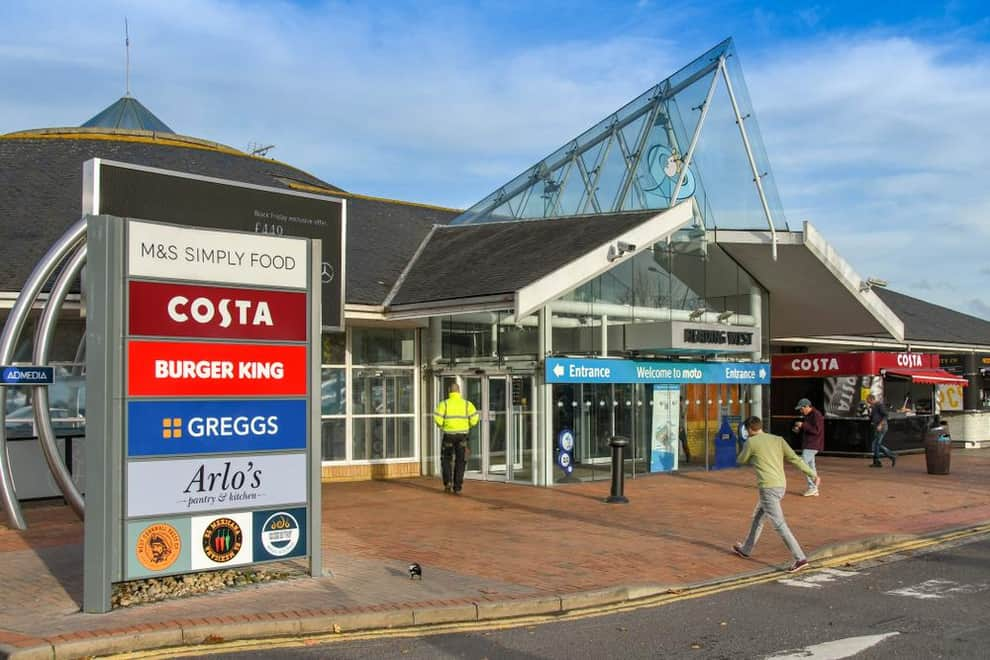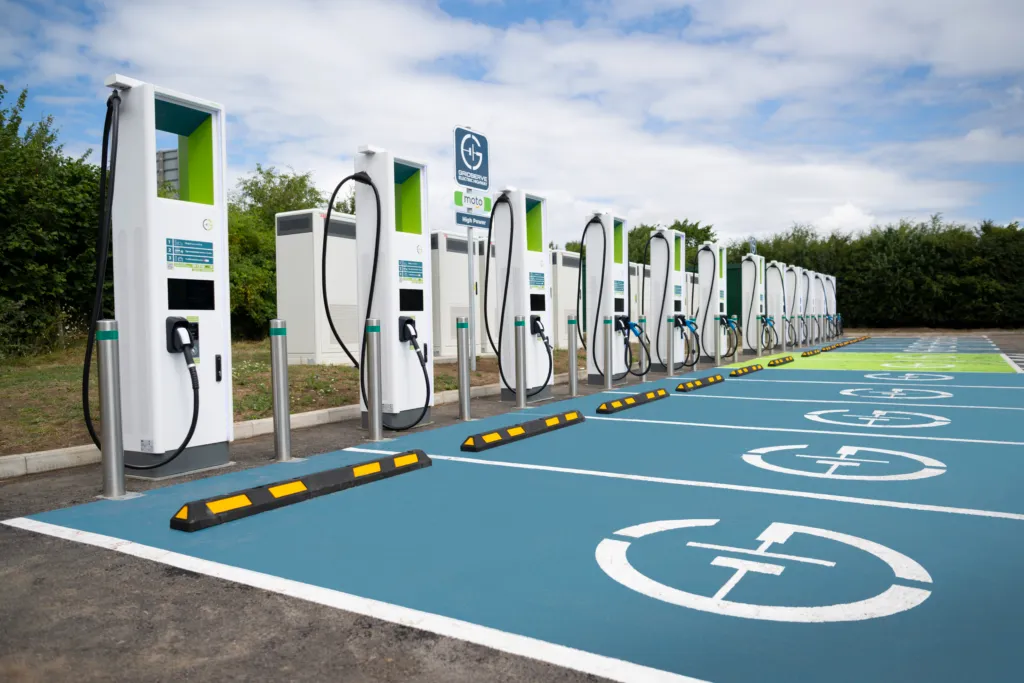The electrification of cars has gained significant momentum in the past 5 years, and the United Kingdom has been at the forefront of this eco-friendly revolution. As electric vehicles (EVs) become more popular among motorists, the demand for accessible charging infrastructure has grown exponentially.
According to estimates by motorway service station operator Moto, the UK is anticipated to experience its busiest-ever day for EV charging as the school summer holiday gets underway. Moto anticipates that the weekend schools break for the summer, there will be close to 400,000 EV drivers on the roads.
At service stations located on major routes to popular holiday destinations like Wales, Cumbria, Scotland and the South-West, queues are widely expected.

Moto is estimating it will provide at least one million EV kilometers of charging at its service stations alone. The highway service station provider also claims that queues at some EV charging station will be inevitable despite the rollout of rapid EV charge points across the motorway network.
Moto has stated it will collaborate with Tesla and Gridserve to place marshals at important locations over the course of the weekend and into the school summer break.
In addition to ensuring the safety of EV drivers and nearby pedestrians, Marshalls will assist in managing the flow of EV traffic, identifying available chargers and bays, and ensuring the wellbeing of EV drivers. They will also offer assurance and a visible presence to enable motorists communicate during hectic periods.
Ken McMeikan, CEO of Moto, has issued a caution, stating that marshalling will not be a long-term solution to lines and that ultimately considerably more power would be needed to support the demand-side charging capacity.
McMeikan has said: “This weekend’s queues will unfortunately be inevitable if more action isn’t taken to support charging providers’ roll-out of Ultra-Rapid EV charging. The UK needs to decarbonise, and the switch to EV is one of the most important elements of that. However, as charging providers, time and time again we‘re being confronted by significant barriers in our ambition to make that switch easier for motorists.”
The new “Motofesto” from Moto sheds light on some of the main obstacles that the industry must overcome in order to close the supply gap for electric charging.
It highlights the difficulties that Moto and other people are having obtaining power and the essential grid connections.

The CEO of Moto went on to say “Upscaling and maintaining an ultra-rapid charging network for our strategic road network alone would need grid capacity equivalent to the average annual electricity usage of nearly three quarters of a million homes by 2030 – more than three times as many homes as there are in Cumbria. It’s a huge power challenge that is underestimated and underappreciated by Government. We can secure and install the chargers relatively easily, but delivering power to those chargers is becoming a major issue.”
The “Motofesto” also makes a number of suggestions, including the creation of new EV charger point installation goals for motorways and A-roads that currently oblige landlords, motorway service operators and local authorities to deliver and meet 2030 charging demands.
It also requests that the government expedite immediate access to the £950 million rapid charging fund, which was first announced in 2020, in order to address what it refers to as “prohibitively expensive” grid connections.
In addition, it urges the elimination of the 20% rate of VAT on public chargers, the reinstatement of the plug-in car grant for more inexpensive new models, and the delaying of the introduction of the vehicle excise duty (VED) for electric vehicles.
You can view the full Moto manifesto by clicking here.







